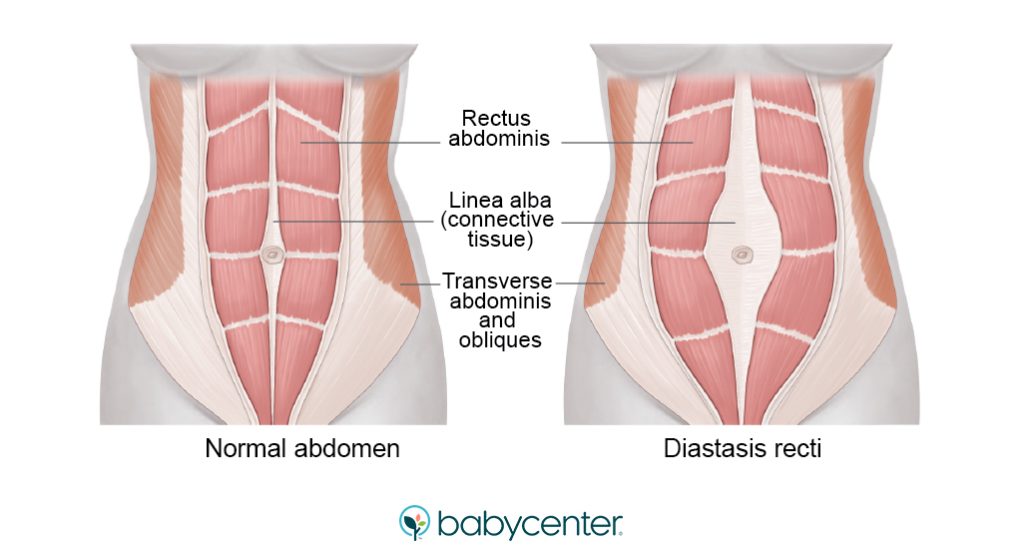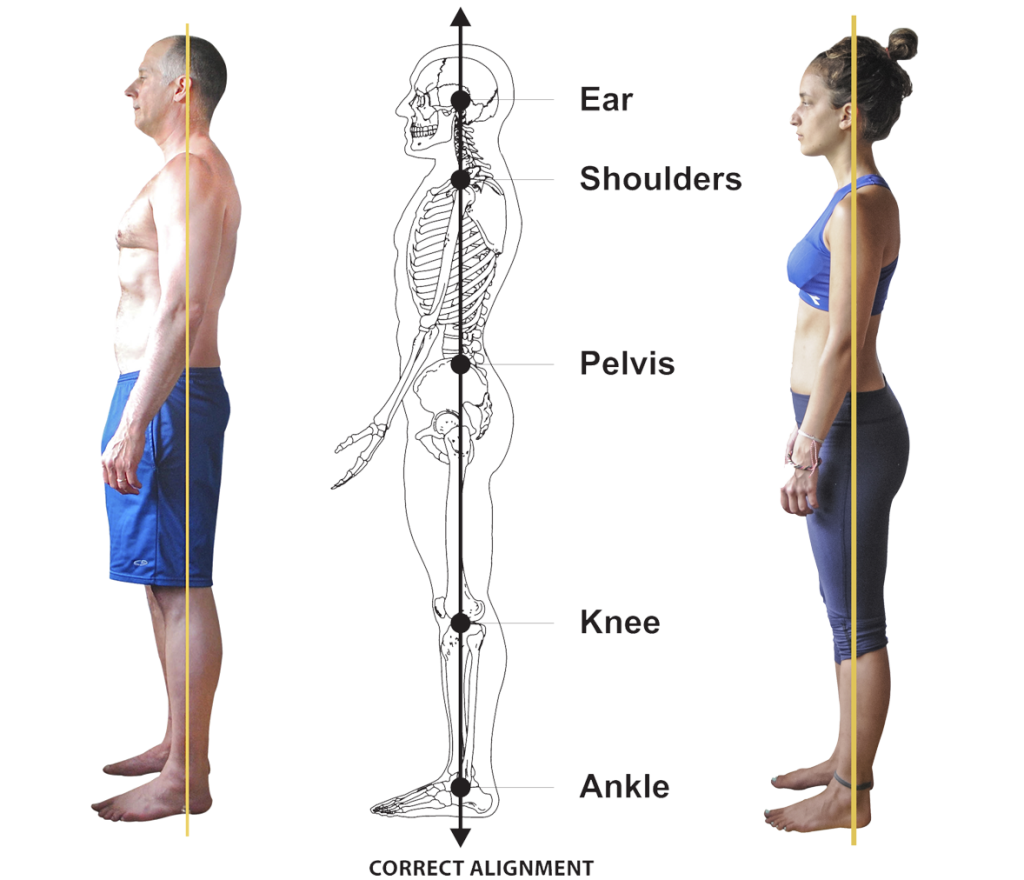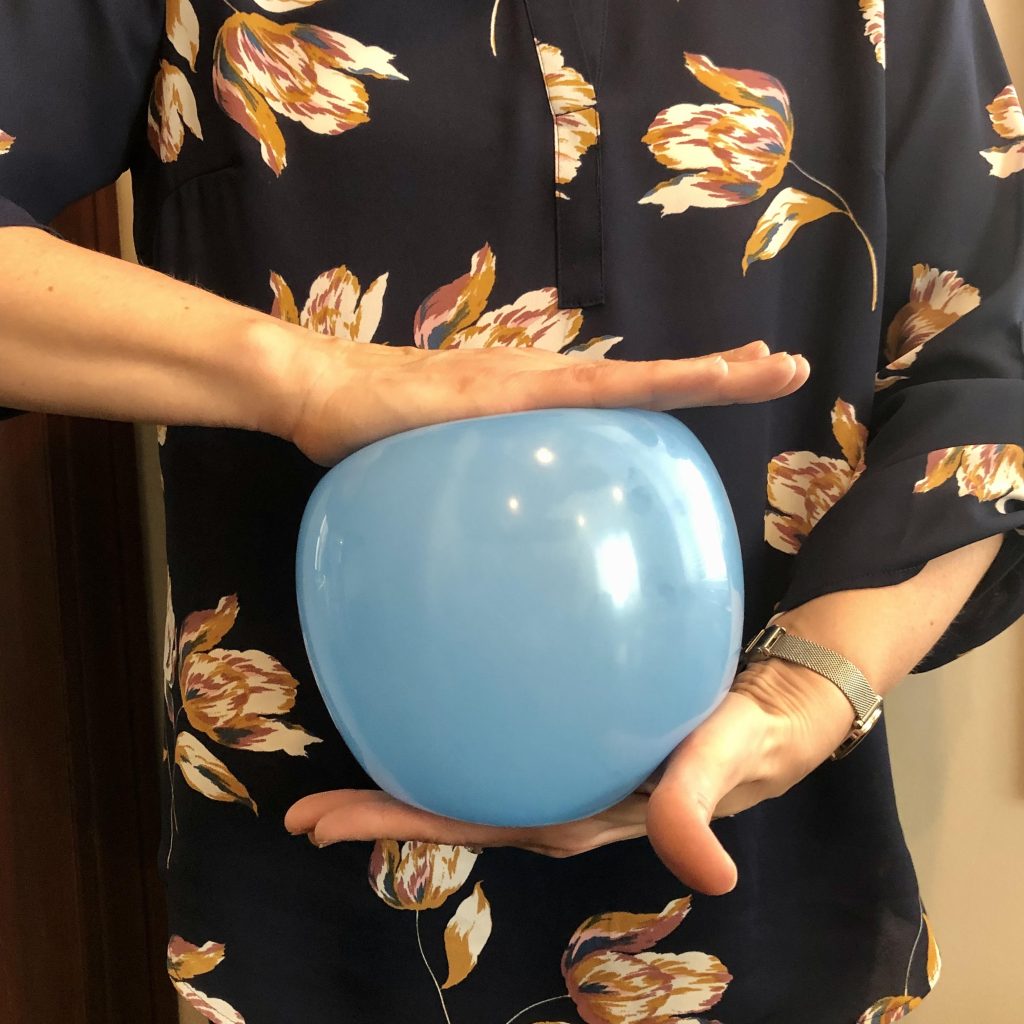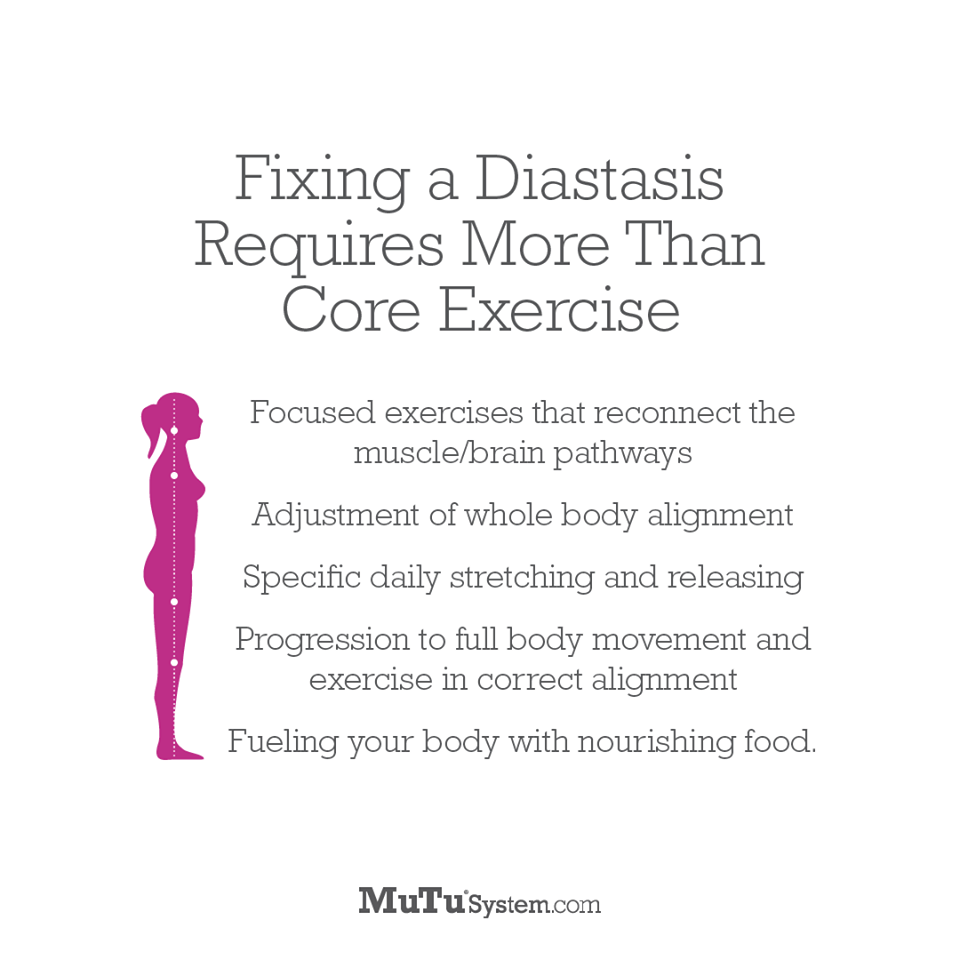“Diastasis recti is extremely common in those who are pregnant and during the postpartum period. It affects 60% of people. It usually resolves itself within eight weeks of delivery. About 40% of those who have diastasis recti still have it by six months postpartum.”
(https://my.clevelandclinic.org/health/diseases/22346-diastasis-recti)
Does your daily routine with your new little one include frequent accommodations for your lower back pain? Do you still notice a bit of “mommy tummy”? Perhaps you are actually experiencing symptoms of Diastasis recti – which is a separation of the abdominal wall muscles. If this is your experience (or more), then by all means read along with us as we share information and stories – there are tips and ways to improve your health! There is hope!

Diastasis Recti stretches:
Before we jump into exercises and strengthening (the thing you’re probably wanting to know most), lets talk stretching. The thing almost everyone wants to skip over. 🙂 It will serve you well to develop a personal, practical and daily routine to stretch shoulders and back, glutes and legs, and the total body to maintain proper alignment and posture. You absolutely won’t regret establishing this step first! Any stretches that help you hold good posture of your head over your shoulders, shoulders over your pelvis and pelvis over your feet are the ones to focus on. (Head over to Google and type in, “stretching to improve posture”. You will get many options. Pick what fits and feels right for you.)
One key point…Don’t stretch your core open (picture a backbend; and then don’t do it if you have DR).
Core Strengthening:
Did you know your functional core is the area from your shoulders to your hips? That includes your front/back chest muscles, your core muscles, your obliques and QL (lower back), your hip flexors and those glute muscles that cover the back/sides of the pelvis. Many times the glute muscles “turn off” during pregnancy and we need to fire them up postpartum. I know when I (Dr. Angie) started my work, I had no idea how much work I needed to do on my glutes to help strengthen my core.
Oh and lets not forget the respiratory and pelvic floor muscles!
Picture a blown up balloon with me…hold the balloon in your hands with one hand on the top and the other on the bottom. Your hands are the respiratory (top) and pelvic (bottom) muscles (these keep your organs in place so they don’t just float around your body). In our visualization, now take your two hands and press them together. What happens? The balloon squishes and moves wider or outward. That’s your core getting pushed out! This is often what we are doing to our core every day! If we aren’t breathing properly or maintaining good alignment and posture, we are pressing those top and bottom muscles together and weakening our core every time! Keep reading to learn more about this…!!
There are specific types of movements and exercises that can greatly help your core heal. There are also movements you want to avoid (such as crunches and planks). Check out our blog post for recommendations on my own favorite online programs to check out. Working with a specialized women’s health physical therapist can also be a great idea. Just like there are pregnancy and postpartum focused chiropractors, there are now physical therapists with the same focus. They can watch you do the exercises and help you with your form and questions.
Functional Movement:
Many mammas will struggle most with this part, at least I know I did. In order to have lasting, more permanent change (think: less lower back pain), we have to change how we move our bodies in daily activities.
I know, personally, when I (Dr. Angie here – sharing my story) was working on healing my 4+ finger separation after my 3rd child, I realized I would flare my ribs A LOT when doing almost everything: picking up the baby, putting groceries away in the cupboard, pushing the stroller, almost any overhead or front body movement involved me pushing my ribs forward or flaring them upwards. I even caught myself flaring them upwards when I’d go up the stairs! (insert face palm 😉) For many things, it was slight but when you have a 4+ finger separation, that slight flaring would undo all the work I was doing in my core exercises to heal my separation.
Once I realized how important it was to protect my core by keeping my ribs in and my pelvis more neutral, I saw very quick healing and change in my core. We have a fair amount of steps in our house and I started engaging my lower core just going up the stairs each time. I did this by tilting and engaging my lower core while tucking my ribs down slightly so I could feel my core tighten. (If you engage your core to a 10 doing a plank, think about engaging it to a 2 during your day to day activities.) After I got the hang of that and made it more of a habit, I did the same engagement of my core when putting groceries away and picking up the baby. As a chiropractor, when I adjust, I load and push out on my core a lot. I started this same engagement when I was adjusting and felt myself getting stronger alongside my core routine. When I went for walks, I’d try to engage my core, especially when going up hills and lead with my hips instead of my shoulders. I got pretty good at finding ways to engage my core more and more with each activity. I credit this to very quick results (my core moved 2 fingers in about 3 weeks vs very little movement for months before this). My daily movements had unknowingly been undoing what my core workouts were trying to accomplish!
Proper Breathing:
I almost forgot to share about breathing – and since we ALL do it – I must share. Breathing is the part of every diastasis program that everyone wants to skip over. It’s “easy” and not glamorous. We may not feel it’s worth it and want to get to “the real stuff” but it is also one of the most important things you need to master!
If you aren’t breathing properly, you will weaken your core with EVERY BREATH! Think of how often you breathe (pretty often, right? :))
Please don’t make healing harder! Work on your breath, your day to day movements and posture and then do the core exercises as an additional bonus to your healing journey.
Chiropractic Adjustments could be the missing piece to the puzzle!
Do you feel you’ve “done all the things” and just can’t seem to strengthen your core and close your DR. Is your healing journey painfully slow? Have you tried a chiropractic adjustment? Remember how I mentioned above to not make healing any harder? This falls in that category. If your bony pelvis is out of alignment, your core may not be even able to function properly and all the work you are doing is for not… you’re doing all the things above but with a pelvis that is misaligned, your body may not make much progress at all. Your core needs balance to heal and the stress of a misaligned pelvis (which the core muscles attach to) could alone, weaken your core and slow your healing. Chiropractors that specialize and work with babies/kids and pregnant moms are fantastic resources and people to seek out for advice and help. Go to www.icpa4kids.org to find a prenatal chiropractor near you!
If you are in the White Bear Lake, MN vicinity, you can call our office at 651-484-9009 and our prenatal chiropractors would be happy to partner with you in your journey.





 She’s a Mom, has Doctorate in Chiropractic and loves helping people move from pain back to a healthy and active lifestyle.
She’s a Mom, has Doctorate in Chiropractic and loves helping people move from pain back to a healthy and active lifestyle.